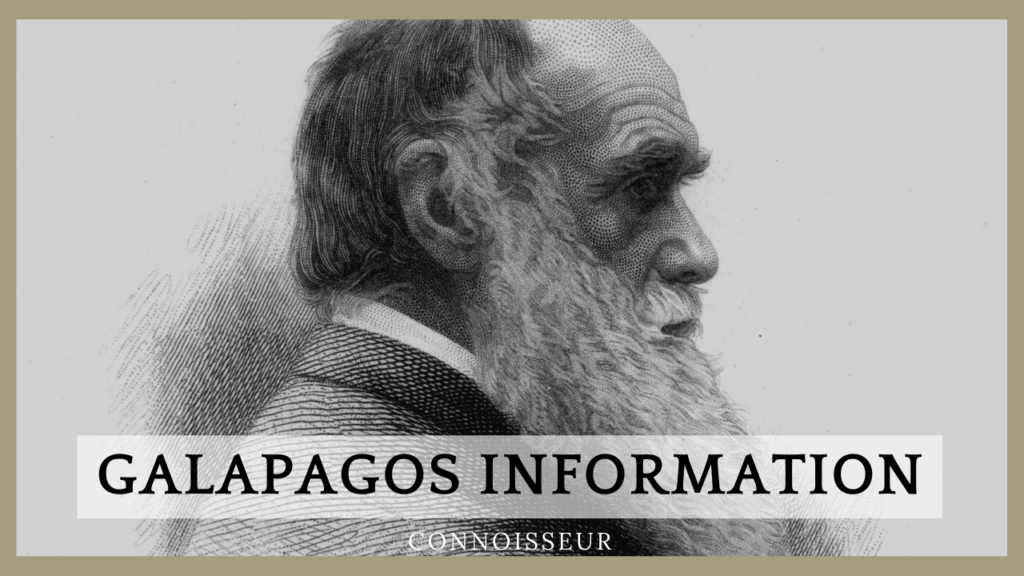
Galapagos 101
The Galapagos Islands are located in the Pacific Ocean, and lie on the Equator line. The archipelago consists of 13 major islands, 6 small islands and many islets and rock formations. However, only 5 islands are home to humans, these islands include; Isabela, Santa Cruz, San Cristobal, Baltra and Floreana island. The rest are only accessible on a tour led by a naturalist guide.
Famous visitors
The Galapagos Islands are shrouded in mystery and legends. Visited by influential characters like Charles Darwin, pirates of yesteryear, Ecuadorian convicts, Spanish explorers, adventure-bound Europeans, and soon you.
Come along with a sense of adventure and intrigue and enjoy this destination included in most bucket-lists.

A quick history lesson on the Galapagos
Early History
The Galapagos Islands were discovered by chance in 1535 by Tomás de Berlanga. At this time, Tomás de Berlanga was sailing from Panama to Peru and drifted off to the archipelago. He later described it to the King of Spain (Charles V) as the archipelago of the giant tortoises or Galapagos. It should be noted that the Galapagos Islands did not appear on a world map until 1570. Buccaneers drew the first maps and charts of the islands in the 17th century and scientists began to explore and study them the following century.
During this time the islands were used as a base for pirates, buccaneers, whalers, and sealers for close to three-hundred years. The Islands provided; shelter, water, wood, and meat. Consequently, these visitors took giant tortoises aboard their boats and stacked them up in piles, because the tortoises provided fresh meat for the crew. For this reason, it is estimated that approximately 100,000 tortoises were taken during this time. In addition, these buccaneers wiped out most of the fur seal population.
Modern times
Ecuador officially claimed the islands in 1832 and named General Villamil the first governor of the archipelago. General Villamil was in charge of a colony of rebel soldiers on the island of Floreana. For years, the islands were devoid of many settlers and only had said penal colonies. The last penal colony was located in Isabela Island and was shut down in 1959. At this time, the inmates built the renowned Wall of Tears to show the suffering they experienced on this Island.
The island’s most famous visitor arrived in 1835 aboard the British naval vessel, the Beagle. Charles Darwin visited the islands for about five weeks. Here, he collected information and evidence for his renowned theory of evolution. In 1959, the archipelago become a national park and a tourist destination in the latter part of the 1960s.

Galapagos Visitor Sites
The best visitor sites in the Galapagos Islands include the best snorkeling site on the islands, the best landscapes, unique wildlife, top-rated activities, and so much more.
When to travel to the Galapagos Islands
The weather in Galapagos can be be divided into two seasons; the dry season and the ¨garua¨ or rainy season.
January – May
I recently visited the Galapagos aboard a luxury cruise ship during the beginning of March. Expect the weather to be sunny and warm. Because of the weather, Inhabitants of the islands stop their activities at midday to avoid the blazing sun. Nevertheless, during this time the seas are less rough and winds are not as strong as other seasons. However, you might get some rainfall but nothing to be worried about.
June – December
This season is known for its dry weather and cool temperatures. Expect choppy waters due to the presence of the Humboldt current. On the other hand, if you are a diving aficionado this is the best time to visit the Galapagos Islands!
Galapagos Wildlife
Reptiles
Mammals
Birds

